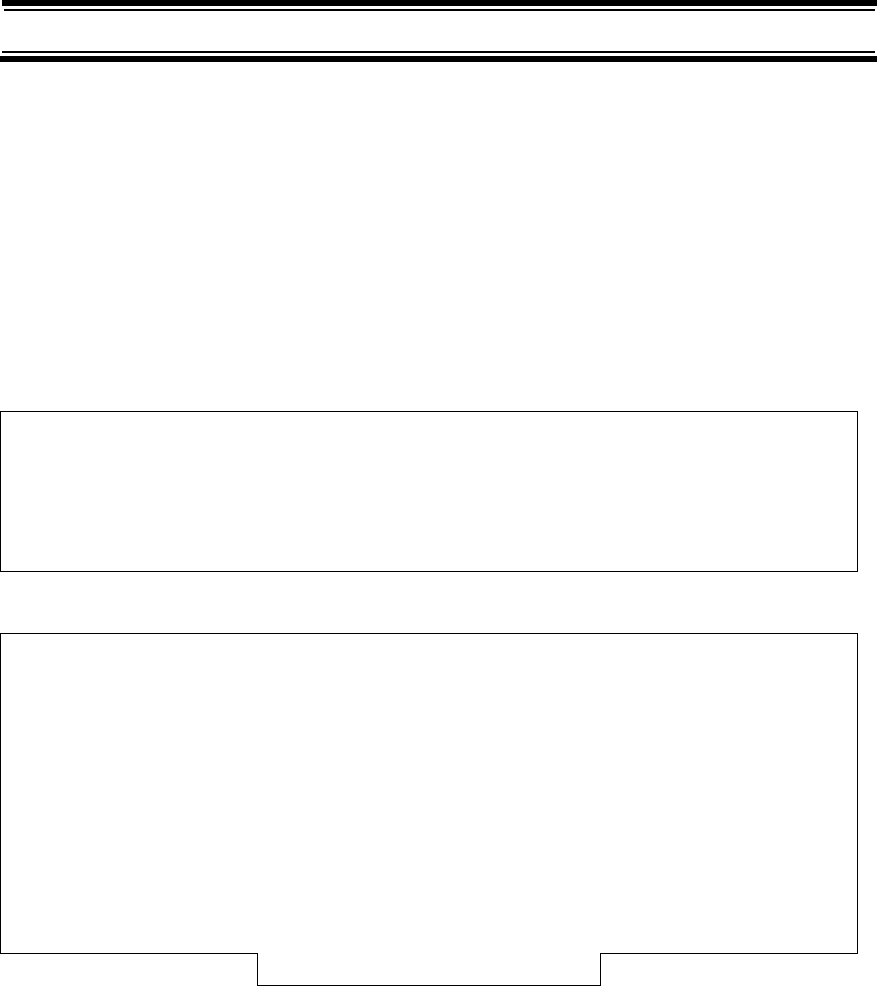
8
other to the point where it is impossible to clearly receive any of the stations. A scanner
equipped with CTCSS and DCS (like your scanner) can code each received frequency
with a specific CTCSS or DCS frequency. Then, when you receive multiple signals, you
only hear the transmission with the CTCSS or DCS tone you programmed. If you do not
receive the correct tone with a signal, the scanner’s squelch remains closed and you hear
nothing.
Local frequency allocation groups set cooperative standards to establish the CTCSS and
DCS tone for each transmitter (or repeater).
You can search for the following CTCSS frequencies and DCS codes.
CTCSS Frequencies (Hz)
DCS Codes (Octal)
Conventional Scanning
Conventional scanning is a relatively simple concept. Each group of users in a conventional
system is assigned a single frequency (for simplex systems) or two frequencies (for repeater
systems). Any time one of them transmits, their transmission always goes out on the same
frequency. Up until the late 1980’s this was the primary way that radio systems operated.
Even today, there are many 2-way radio users who operate using a conventional system:
67.0 69.3 71.9 74.4 77.0 79.7 82.5 85.4 88.5 91.5
94.8 97.4 100.0 103.5 107.2 110.9 114.8 118.8 123.0 127.3
131.8 136.5 141.3 146.2 151.4 156.7 159.8 162.2 165.5 167.9
171.3 173.8 177.3 179.9 183.5 186.2 189.9 192.8 196.6 199.5
203.5 206.5 210.7 218.1 225.7 229.1 233.6 241.8 250.3 254.1
023 025 026 031 032 036 043 047 051 053
054 065 071 072 073 074 114 115 116 122
125 131 132 134 143 145 152 155 156 162
165 172 174 205 212 223 225 226 243 244
245 246 251 252 255 261 263 265 266 271
274 306 311 315 325 331 332 343 346 351
356 364 365 371 411 412 413 423 431 432
445 446 452 454 455 462 464 465 466 503
506 516 523 526 532 546 565 606 612 624
627 631 632 654 662 664 703 712 723 731
732 734 743 754


















